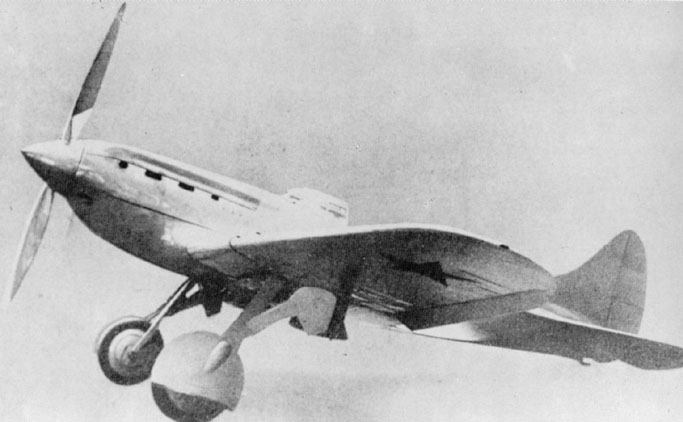
|
by Massimo Tessitori |
|
|
|
|
|
|
|
|
|
|
|
|
 |
The second prototype, named TsKB-19, was built in Zavod n.21 (Gor'ki) and flown in the spring of 1935 by V.P.Chkalov. |
It differed from the first prototype for:
| On 1 May 1936 the aircraft participated in the May Day festivities
on the Red Square with an air display fly-by.
This plane was sent to the 15th Paris Air Show at Le Bourget in November 1936, and at Milan in 1937. Despite the removal of the guns and gunsight and the presentation of
the TsKB-19 as a sport plane, the experts understood that it was a fighter
prototype, and examined its characteristics.
|
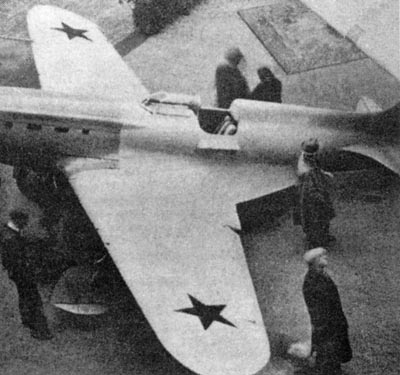 |
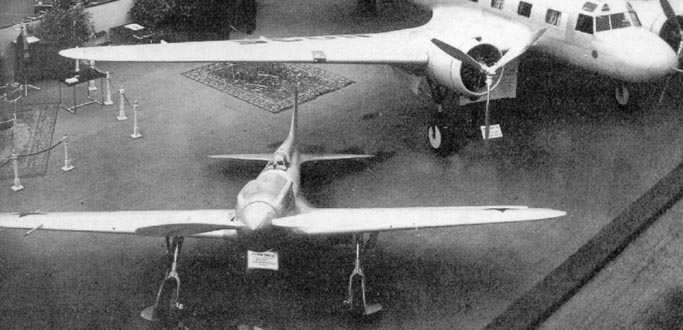
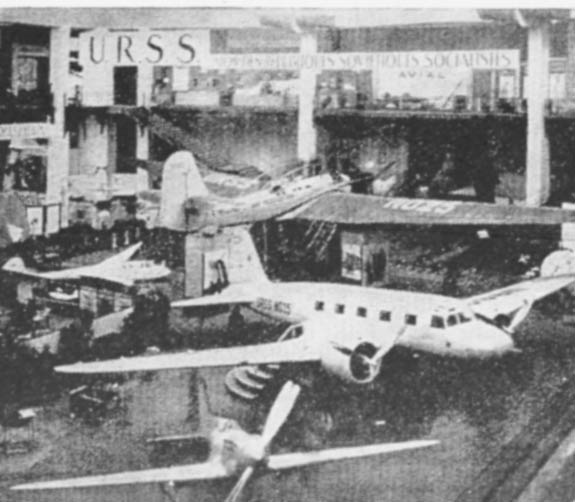 |
On the photo aside, one can see the aircraft with apparently double
blades.
The propeller was probably moved by a man whose shape is vaguely visible as a shadow on the nose. This created the legend of a double blade propeller reported on some Czech sources. The photo shows other aircrafts of the Soviet pavillon: the Tupolev ANT-25 record-breaking aircraft, and a nice ANT-35 airliner. |
| The TsKB-19 was exposed in the Central Aerospace Museum in Moscow;
at first, it was displayed on the floor.
It was repainted with a dark gloss color, perhaps red or dark green, with silver propeller (probably with black rear surfaces). The canopy is in open position (slided forward); inside of it, we see the collimator tube, that protrudes when the canopy is closed. Note the alluminium frames and light grey undercarriage doors and bays. The underwing radiators are in retracted position; so, they resemble vaguely those of Spitfires and Bf-109s. Some bomb racks look visible under the wing. The M-100 engine is exposed as a separate item; its colors seem to be white, black and metal. |
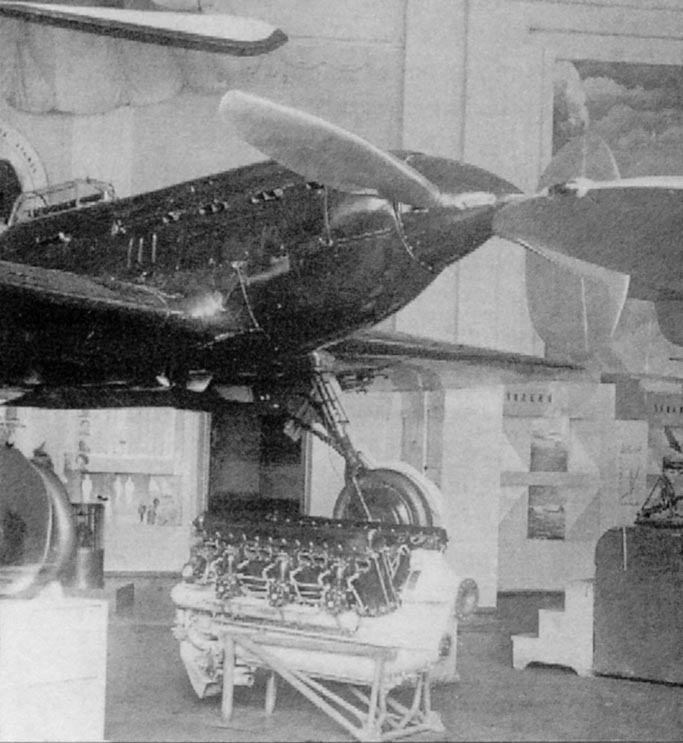 |
 |
This photo, taken in 1943, shows that the I-17 was suspended from the
ceiling to make room for a captured Me-109.
The color of the aircraft seems to have changed; here it seems light with a dark nose. Here we see the Museum Director A.I. Yegorov with a group of visiting soldiers. |
| This image shows the I-17 suspended over Kozhedub's La-7, in the '50s
or '60s.
The color looks dark overall again. Later, the La-7 and many other exhibits were moved to the Monino Museum, and this move saved them. Traces of the TsKB-19 were lost in late '80s, when the generals that directed the museum stole, sold or scrapped many exhibits taking advantage of the general confusion in the last years of URSS. |
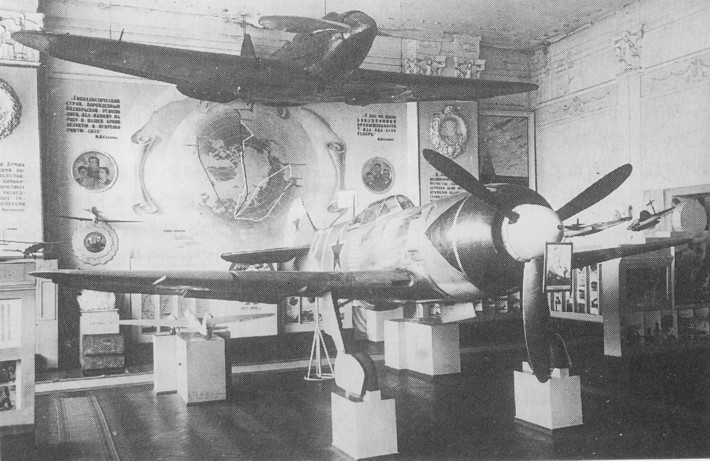 |
|
|
|
|
|
|
|
|
|
|
|
|